Blog
Filtering by category "Static Site Generation"
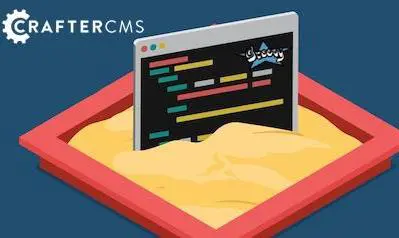
Working with the CrafterCMS Groovy Sandbox
CrafterCMS supports a powerful Groovy-based scripting layer for server side programming. CrafterCMS's configurable sandbox policies determine what the scripting layer can and cannot do. Some syntax is more likely to trigger sandbox flags than others. Follow this guide to learn a few tips and tricks for working within the sandbox without needing to modify policies.

Using NextJS with CrafterCMS 3.1
Next.js is a React JavaScript framework that enables you to develop fast, user-friendly applications by combining server-side rendering with statically created pages. Some reasons for using Next.js include speed, performance, and scalability. Th
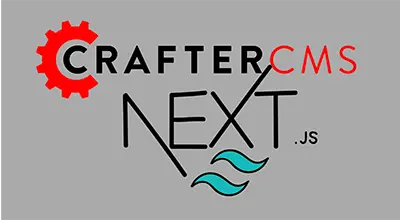
Tailwind CSS Review: First Impressions of Tailwind and Next.js
As customers increasingly demand more visually appealing designs, enterprises rely on new technologies, libraries, and frameworks to meet these demands. With that, they can develop better branding, have higher customer engagement, and develop feature

Integrating Okta with SAML2 to Crafter Engine
Today, within a modern cloud-based application, there are many cases where application end users want to use Single Sign-on (SSO). In which case, users log in to an Identity Provider for identifying, then use this information to authenticate to many services without the need to re-enter credentials information. In this tutorial, we demonstrate such an authentication method by using Okta with SAML2 for Crafter-powered end user software applications such as websites, portals, mobile apps and more.

Using Macros to Structure Asset Folders in CrafterCMS
Static assets are media (images, videos, etc.) or any document/binary files which are used in your site. A CrafterCMS site stores all assets under `/static-assets` directory of Studio. If your site is growing, there is a chance that you and your team will need to upload and manage a huge number of assets. Without a well-designed directory structure, this may lead to authoring usability and performance issues. In this tutorial, we introduce how to use a macro to structure static assets directory. This will help authors upload files to designated folders or even select which folder to upload to without the need of understanding the below form control.

Building a Plugin to Embed Tweets in Crafter Studio's Rich Text Editor
Crafter Studio supports Rich Text Editing via TinyMCE by default. TinyMCE is one of the most powerful WYSIWYG editors. This Rich Text Editor (RTE) enables users to input different types of content such as text, images, videos, and so on to Crafter Studio. We can also extend TinyMCE with plugins. In this article, we will build an RTE plugin for TinyMCE that enables authors to easily embed Tweets to site pages. This plugin uses Tweet ID as the only input required to render Embed Tweets either by inserting static HTML or dynamically at runtime.
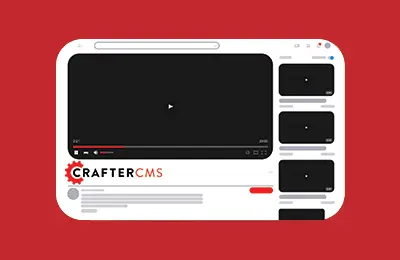
Building a YouTube Video Plugin for CrafterCMS
Introduction CrafterCMS is an open source CMS with a Git-based repository that enables developers, content authors, and ops to work together collaboratively to deliver stunning personalized, multi-channel experiences faster and easier than ever befor
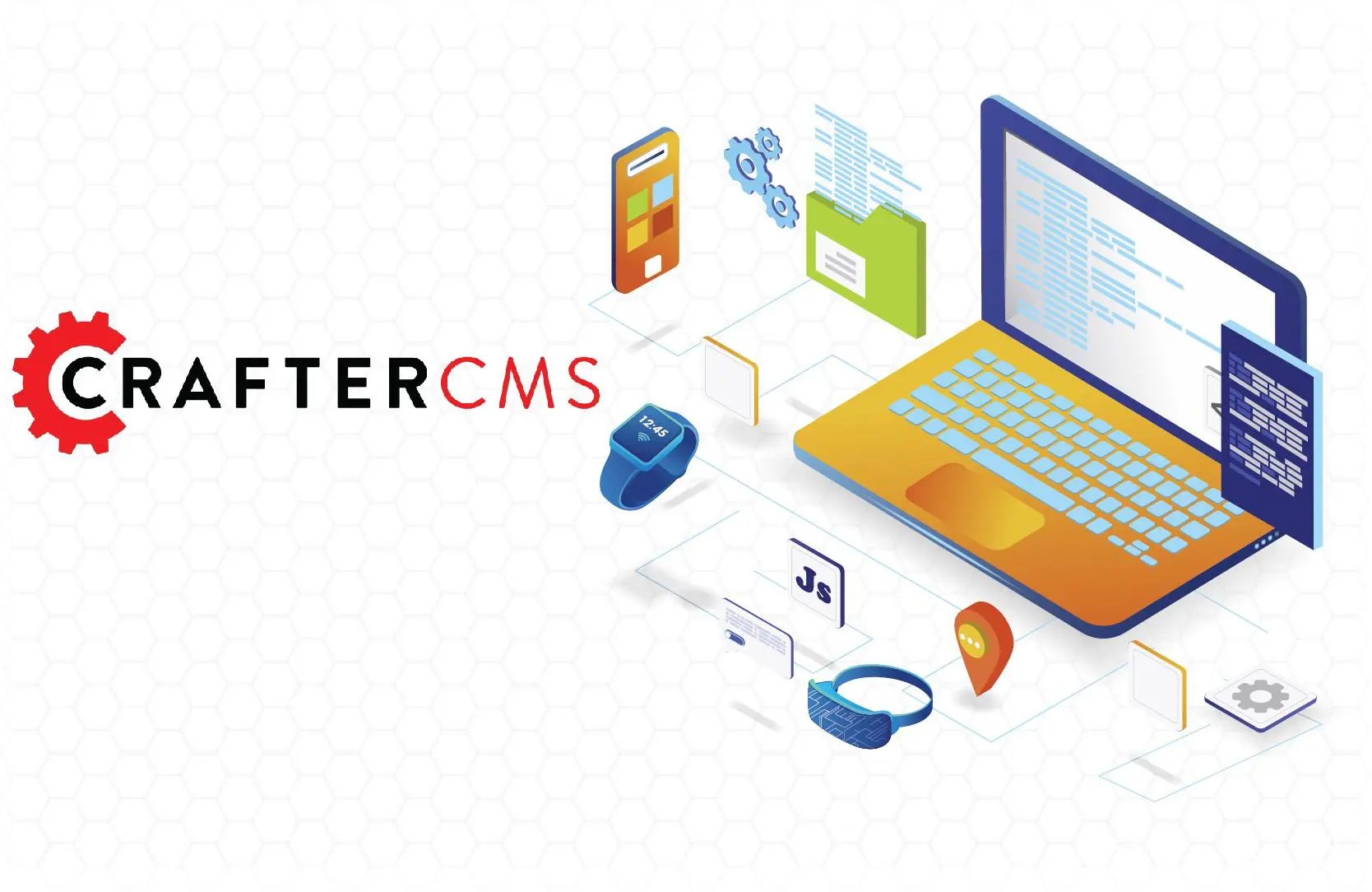
Web CMS Architectures: Coupled, Decoupled, or Headless?
For many enterprises, choosing a web CMS platform to power their websites and other content applications can be a tough one to make. According to CMSWire, there can be upwards of 14 rules that businesses need to consider when choosing a content manag
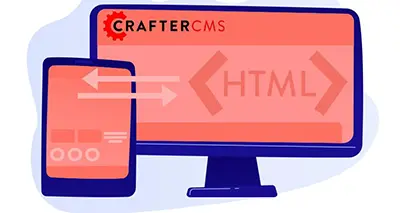
Crafter: A Headless CMS for SPAs
Single-page applications (SPAs) have been quietly taking center stage in the world of web development for some time. While the average user might not be aware, many of the most commonly used popular websites and social media platforms are SPAs. The l

Next.js In Review: An Exceptional Experience for Developers Building on a Headless CMS
Facebook's React UI framework, introduced in 2013, has been a trailblazer in the frontend world since its introduction. Developing dynamic websites with rich functionality was hard back then, and many devs (and upper management) considered Java

REST APIs vs GraphQL: Both Have Their Strengths for a Headless CMS
While the advantages and disadvantages of both REST APIs and GraphQL have been hotly debated in recent years, the reality is that both approaches have their uses. The standardization that GraphQL provides also brings limitations that only REST APIs c

RedwoodJS: A Rails-Inspired Experience for Full-Stack Javascript
When Jordan Walke first released React.js in 2013, it was a revolutionary moment for many frontend developers. Using a virtual DOM and one-way data flow, he greatly simplified reasoning about web applications compared to other approaches at the time.